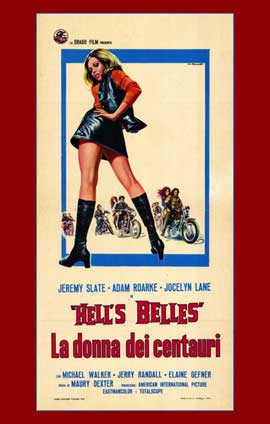
From its inception in 1937 until the early ’60s, the prestigious Daytona 200 motorcycle race wasn’t merely run at Daytona Beach. The 200 was run on Daytona Beach.
In 1948, LIFE magazine decided to cover the races, both amateur and pro, at Daytona. They then reported, in its April 19 issue, that “for four days last month the resort city of Daytona Beach could hardly have been noisier — or in more danger — if it had been under bombardment.”
On a weekend that thrilled racing fans and, as if proof was needed that "the young sport was still in the hands of rebels and scofflaws", saw two people killed and 30 more injured in the midst of all the "high-octane fun."
The 1948 event, which attracted “375 helmeted daredevils and plenty of non-racing hell-raisers,” was marred not only by deaths and injuries but, as LIFE duly noted, by classic knuckleheadism. “Because the antics of an unruly minority reflect on the dignity of motorcycling,” the magazine observed, “the American Motorcycle Association (AMA) may have to hire special police at future races. One duty will be to restrain sophomoric cyclists who amused themselves this year by tossing firecrackers into the crowd.”
Ultimately, as LIFE tersely reported, “155 motorcycles started, only 45 finished."
Floyd Emde rode his Scout to a wire to wire, or flag to flag if you prefer, victory in the 1948 Daytona 200. He averaged 84.61 mph, and pocketed a $2,000 prize. Sadly, 1948 was the last time an Indian Motorcycle would win the 200.
Floyd Emde's son, Don, would win the 200 in 1972. Floyd was inducted in the Motorcycle Hall of Fame in 1998.



.jpg)



















